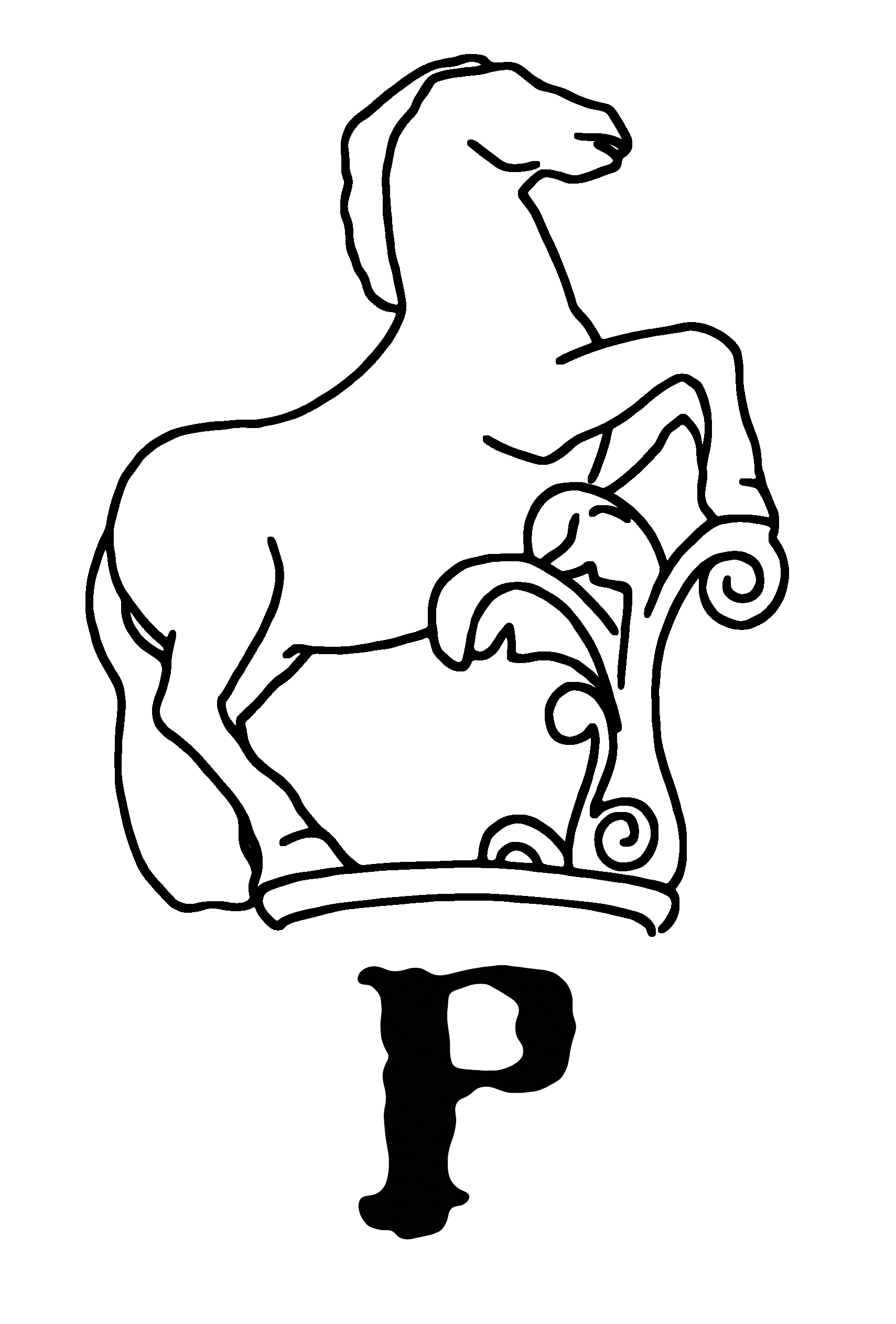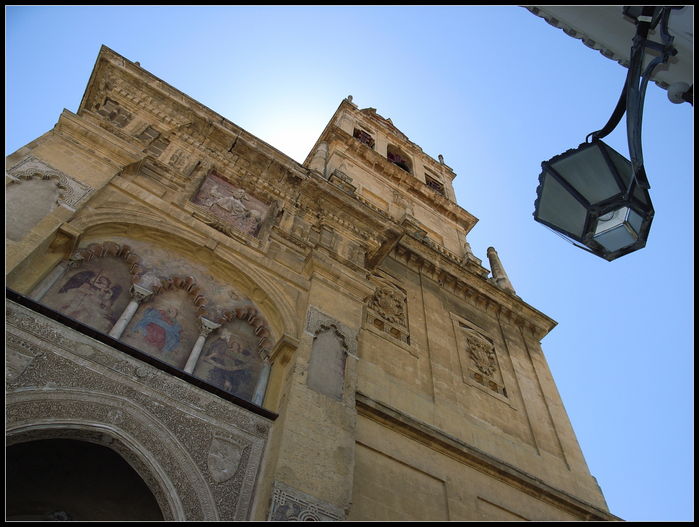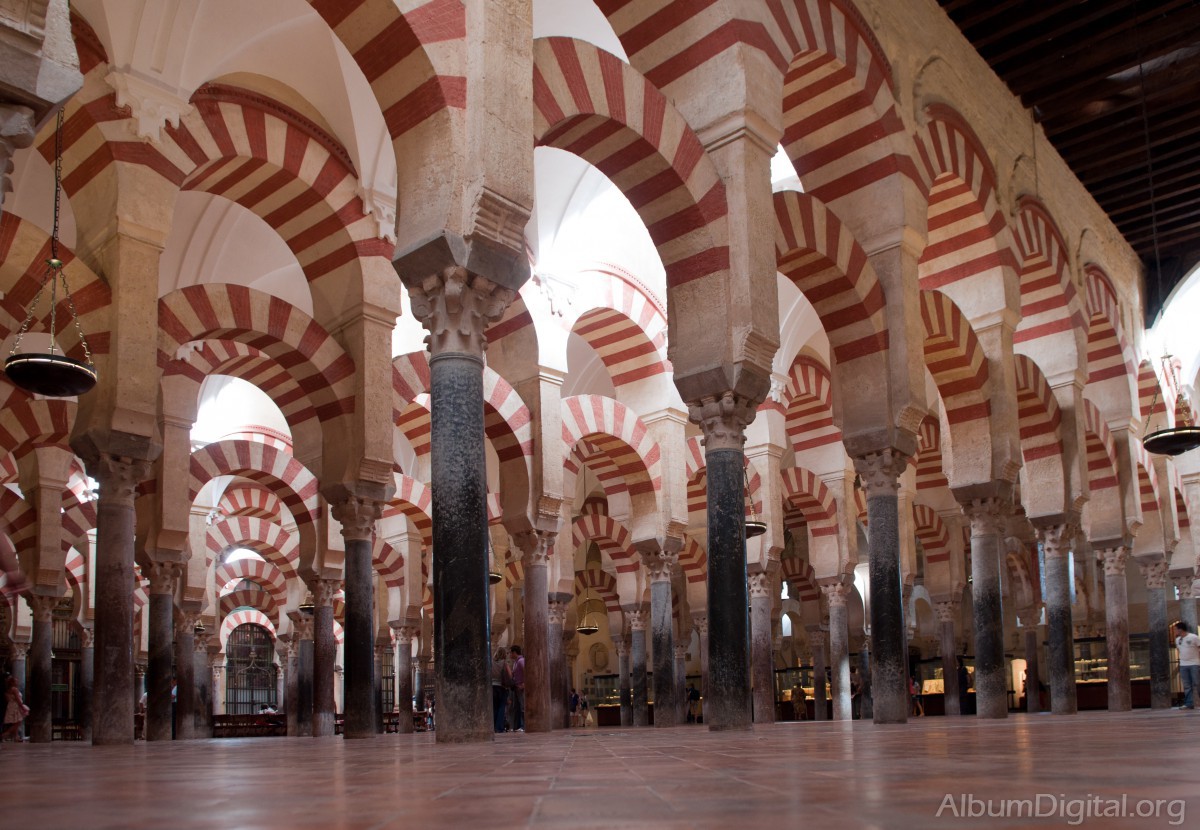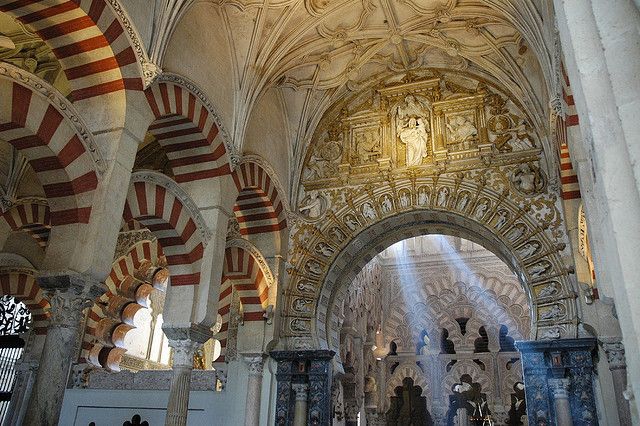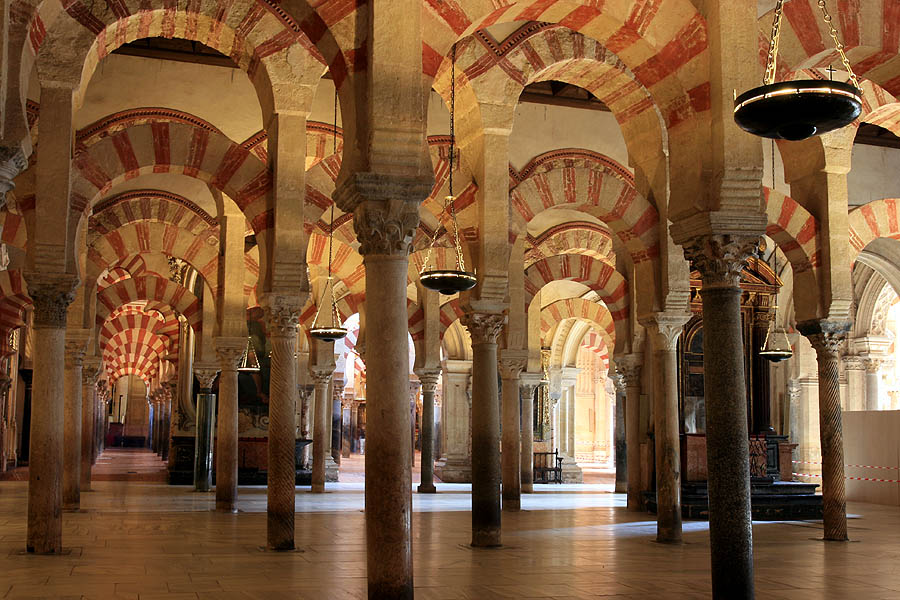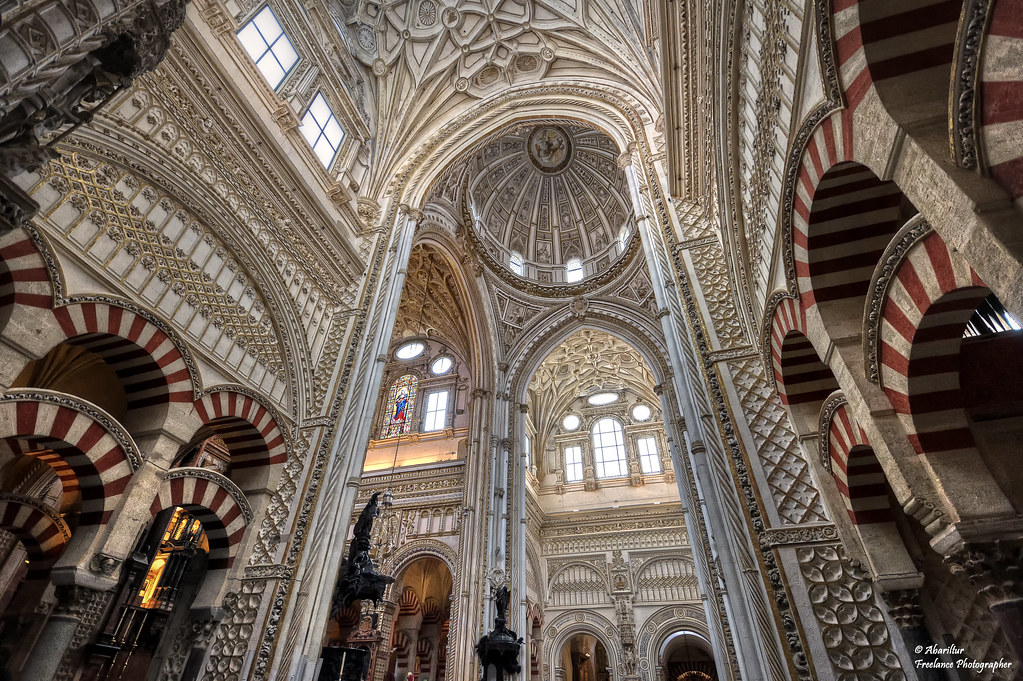Error: No feed found.
Please go to the Instagram Feed settings page to create a feed.
Did you know…? the cathedral mosque
The Cathedral Mosque of Córdoba famous throughout the world. do you know his story? we tell you in Apartamentos Plaza.
Source: Art experiences
His story
In front of the Mosque-Cathedral, at the southern end of the Roman Bridge, this fortress tower rises majestically. Built by the Arabs to defend the head of the Bridge, the fortress originally consisted of two towers, united by an arch that allowed access to the city.
Sin embargo, its current appearance dates from the fourteenth century. It was Enrique II of Trastámara who ordered its construction to defend against the continuous attacks of his brother Pedro I the Cruel.
Hoy, the Torre de la Calahorra is one of the main monuments of the city and attracts thousands of tourists every year. The living museum of al-Andalus is housed within its walls. Using the most advanced technique, the visitor is informed about the splendor of al-Andalus, the advances of science and the relationship of the different cultures that coexisted peacefully in Córdoba.
On the ground floor there are four characters: Maimonides the Jew, the Christian Alfonso X and the Muslims Averroes and Ibn Al Arabi, that talk about the past of the city and what it represented for universal culture. in other rooms, surgical and musical instruments are exhibited, as well as models of different buildings in the city.
The final point of the museum visit is to go to the top of the tower. From there, the visitor enjoys magnificent views over the old town of Córdoba.
Despite its purely defensive function, the Torre de la Calahorra shows us decorative elements in Mudejar style.
If you are liking visit our news.
Curiosities
More than 1200 years in tow, These are some of the curiosities that enclose its walls.
1. The Mosque belongs to the State
2. It is not facing Mecca
3. The remains of Abderramán III surround the bell tower
4. Column of the Captive or of the Nail
5. 1.300 columns
6. The patio did not always have orange trees
The Mosque of Abderraman I
The primitive temple of Abderraman I (785) It was made up of eleven longitudinal naves in a north-south direction.. In this part, attention is drawn to reuse de fustes y capitals of Roman or Visigothic origin located at different heights due to the fixing of the construction line on the roof instead of on the ground. A particular fact of this first mosque and of the later extensions is its South orientation, just like the damascus mosque.
A novel element is the use of horseshoe arches from Visigothic art and that Islam will adopt it as its own and symbol of its architecture. Las arcades that divide the ships are double in height. the bottom, and Horseshoe arch, and the upper semicircular. La alternating stone and brick gives the Mosque a singular bichrome that will lay the foundation for later constructions. This double archway provides a higher elevation of the roof and better lighting of the interiors.. The origin of this unique double-height construction model seems to be the Roman aqueduct of Los Milagros (Merida).
Abderraman I is succeeded by his son Hixem I, in charge of raising the first minaret of the Mosque, quadrangular plan. Hixem himself was also in charge of building the galleries in the courtyard for women's prayers and the first pile of ablutions. This is how the first and main Mosque of the city was configured. in times to come, on the occasion of the increase in the faithful or due to the wishes of monumentality of the rulers, the Mosque will experience numerous extensions and transformations until it reaches its current state.
The first enlargement (821-852)
Abderraman II (822) expanded the prayer room in eight sections to the south, with a clear Abbasid influence in the decoration, fruit of political contacts with the eastern caliphate and the arrival of characters from the East to the Peninsula. Mohamed I gives final form to the Gate of San Esteban, whose true origin is unknown, Although its aesthetic position between Visigothic art and the Cordovan Caliphate seems clear. The previous emir is succeeded by Al-Mundir and Abd-Allah. The first raises the treasure room, whose final location is unknown. The second will build a secret passage or enough that would unite the Caliphate Alcázar with the mihrab.
the second enlargement (X century)
In the year 929, Abderraman III it is proclaimed caliph, becoming Córdoba the capital of the largest and most influential Islamic kingdom in the West. The only intervention in the Alhama was a new minaret and the expansion of the patio. in the same century, being caliph Alhaken II, there was considerable encouragement cultura and the set of aesthetic and literary arts. Likewise, during this period, political and cultural contacts with the great eastern capital of Byzantium.
Alhakem II add twelve more sections, getting even closer to the course of the Guadalquivir, Reaching the ultimate depth of today. Shafts of pink and blue marble alternate and capitals called pencas, turning out to be a schematization of the classical orders. In the qibla or final wall of the construction, is found the mihrab or niche to which prayers are directed.
It is vaults are formed by thick and large nerves leaving an open space between them. This constructive solution will be widely used later by the Mudejar art, naming itself caliphal vault of nerves.
the third enlargement (987)
The last great enlargement is carried out by the vizier almanzor at the end of the tenth century. The imminent fall of the caliphate is glimpsed in the material poverty employees in this area. Given the impossibility of making an increase to the south, due to the next location of the Guadalquivir river, Almanzor chooses to add eight more ships in an easterly direction.
Cathedral
The Cordoba Cathedral amazes both for its beauty and for its location. In the 16th century, Bishop Manrique obtained permission from Carlos V to build inside the Mosque. Both the bishop and the king agree on the need to respect the expansion of Alhaken II. Thus, en 1523, The Cathedral of Córdoba was designed and started by Hernán Ruiz I, Choosing for its location the interventions of Abderraman I and Almanzor. After the death of the architect, they will continue building their son, his grandson and Juan de Ochoa. Thus, Almost two centuries of architectural evolution are summarized in the same construction. La planta, de latin cross, houses gothic vaults along with others protobarrocas and one renaissance dome. The main altarpiece made in marble is concluded in the XVII. From the 18th century are the majestic pulpits on both sides of the toral arch, marble and mahogany, work of the sculptor Miguel Verdiguer. From this same century and the work of the Sevillian master Pedro Duque Cornejo is the imposing choir stalls. Made in mahogany, It is all carved and sculpted with various themes. Parallel in beauty to the stalls, we found the Tesoro. After passing the Chapel of Cardinal Salazar, we can appreciate the cathedral collection made up of ivory and silver pieces from the 15th to the 20th centuries, among which stands out the spectacular custody of Corpus Christi, made in the 16th century by Enrique de Arfe.
Visitor Information
|
Cómo llegar |
C/ Cardenal Herrero No.. º 1. Bus stop "Puerta del Puente",
urban lines 3 y 12. Taxi stop "Mosque-Cathedral Monumental Complex",
C/ Torrijos n. º 6 |
|
Opening Hours |
visiting hoursMosque-CathedralDe 10:00 a 18:00 tower-bell tower. Passes every half hour9:30, 10:00, 10:30, 11:00, 11:30, 12:00, 12:30, 13:00, 13:30, 14:00, 14:30, 15:00, 15:30, 16:00, 16:30, 17:00 y 17:30.
Mass scheduleCathedralDe 9:30. Chapter Mass (Coro) Tabernacle ParishAccess by C/ Magistral Gonzalez French. 12:30 y 19:00
|
|
Entry |
Mosque-CathedralGeneral: 11€ reduced: 9€ People older than 65 años, students of 15 a 26 years and Youth Card holders reduced: 6€ Children of 10 a 14 años, disabled up to 64% and large family members (adults) reduced: 4€ Large family members (children of 10 a 14 años) Free: Born and/or resident in the diocese of Córdoba, under 10 años, card holders “Andalusia Board 65” and disabled of more than 64% with a companion (Includes entrance to the Fernandina Churches) Mosque-Cathedral + bell towerGeneral: 13€ reduced: 8€ Children of 10 a 14 years and disabled Free: Born and/or resident in the diocese of Córdoba, under 10 years and card holders “Andalusia Board 65” bell towerGeneral: 2€ Free: Born and/or resident in the diocese of Córdoba |
|
Environment |
Puente Romano, the calahorra, Alcazar of the Christian Monarchs, Botanical Garden, Arab baths |
